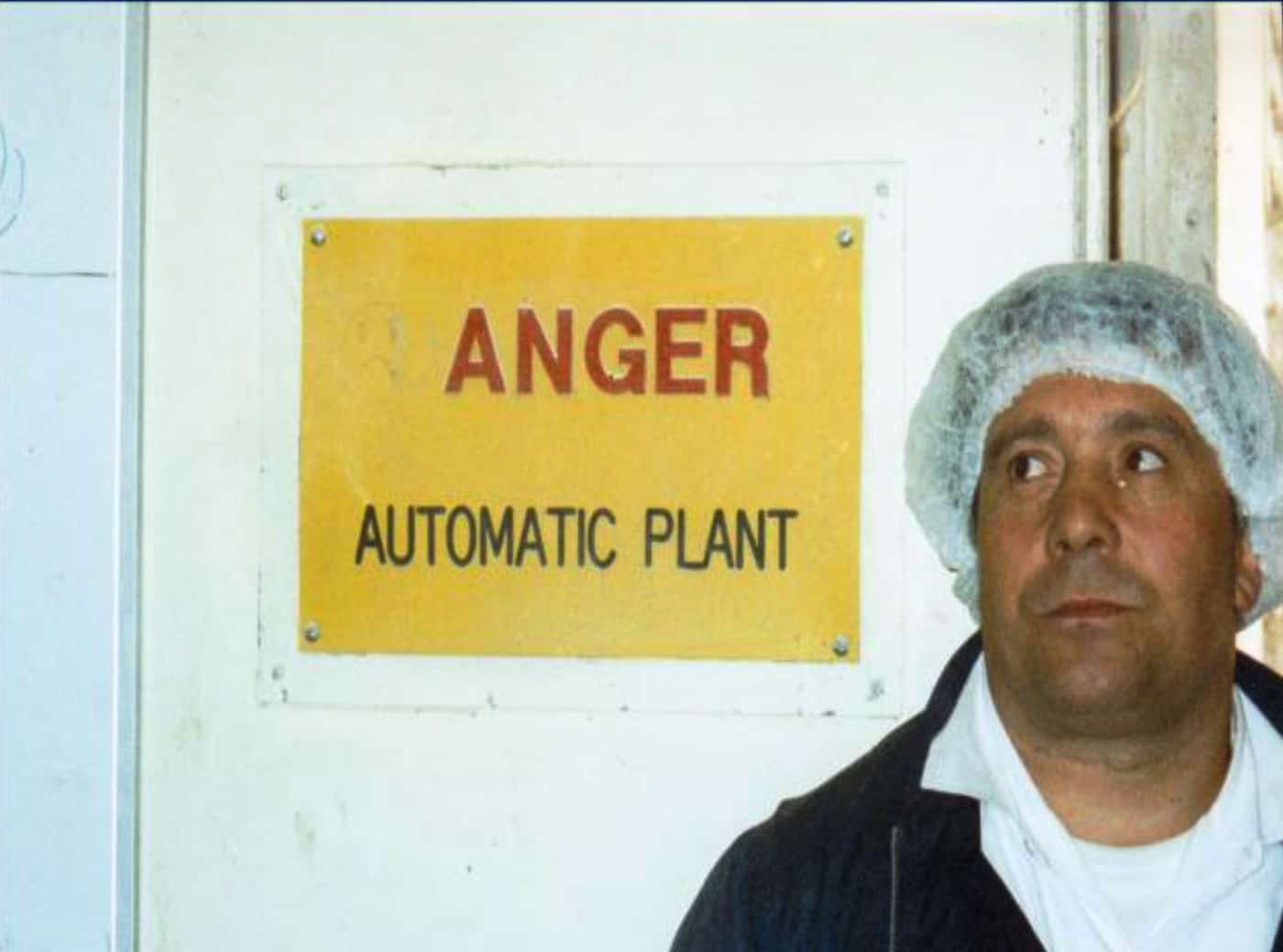They both nodded in agreement when she said, “I’m half bored to death in this job, nearly had it”. Both women were freezing, sitting outside in the covered area. Their fingers blue.
 The short morning break. You hurry, you panic, get a quick hot drink, a cigarette, quickly back into it. Hour after hour after hour “for the last 20 years” she said. From 5 am when she gets up to do things before rushing to work to start at 7 am. Rush back home at 3 pm to pick up ‘the youngan-whydidIdoit’ as she said of her late in life baby. She looked about 40.
The short morning break. You hurry, you panic, get a quick hot drink, a cigarette, quickly back into it. Hour after hour after hour “for the last 20 years” she said. From 5 am when she gets up to do things before rushing to work to start at 7 am. Rush back home at 3 pm to pick up ‘the youngan-whydidIdoit’ as she said of her late in life baby. She looked about 40.
Of course workplace fatalities and injuries are heart breaking tragedies. People work to earn a living, this is not a war zone. But the more common issues at work, those that grind people hour by hour for decades of their one single life are not to do with that.
They are to do with what in polite text will spawn dots. It’s to do with the daily tiredness, humiliation and wall-to-wall disrespect experienced by so many workers on a daily basis. It’s to do with that exhausting sense of, ‘I’ve just about had enough’. It’s to do with what I call F..kwit Fatigue. Continue reading “Half bored and tired to death”
